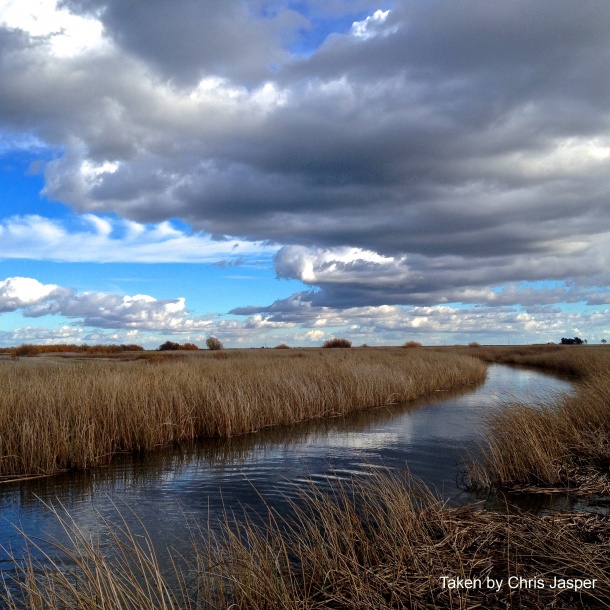
Estuaries are typically heavily impacted environments, because of the large human populations that are drawn to the resources they have provided historically. These include fisheries, hunting, safe harbors, water access, and recreation. Resulting degradations to the environment can cause wholesale alteration of the ecosystem, including loss of the original benefits. The San Francisco Estuary is an example of a novel estuarine ecosystem, with only relicts of naturalistic habitat and function remaining.
We are interested in understanding the ecological function of both pristine and novel estuarine ecosystems. We examine the effect of physical geomorphology, hydrodynamics, and landscape use on water quality, food production and aquatic invertebrates and fish. Our efforts yield insights into how restoration can provide different kinds of benefits for multiple stakeholders. We support the conservation of pristine environments, while anticipating future changes that will undoubtedly alter how these systems work. At the same time, we are interested in how novel ecosystems can be engineered to produce desirable outcomes, even when they do not resemble historical analogues.
Maven's Notebook: Bay-Delta Science Conference: Problems and promise of restoring tidal marsh to benefit native fishes
